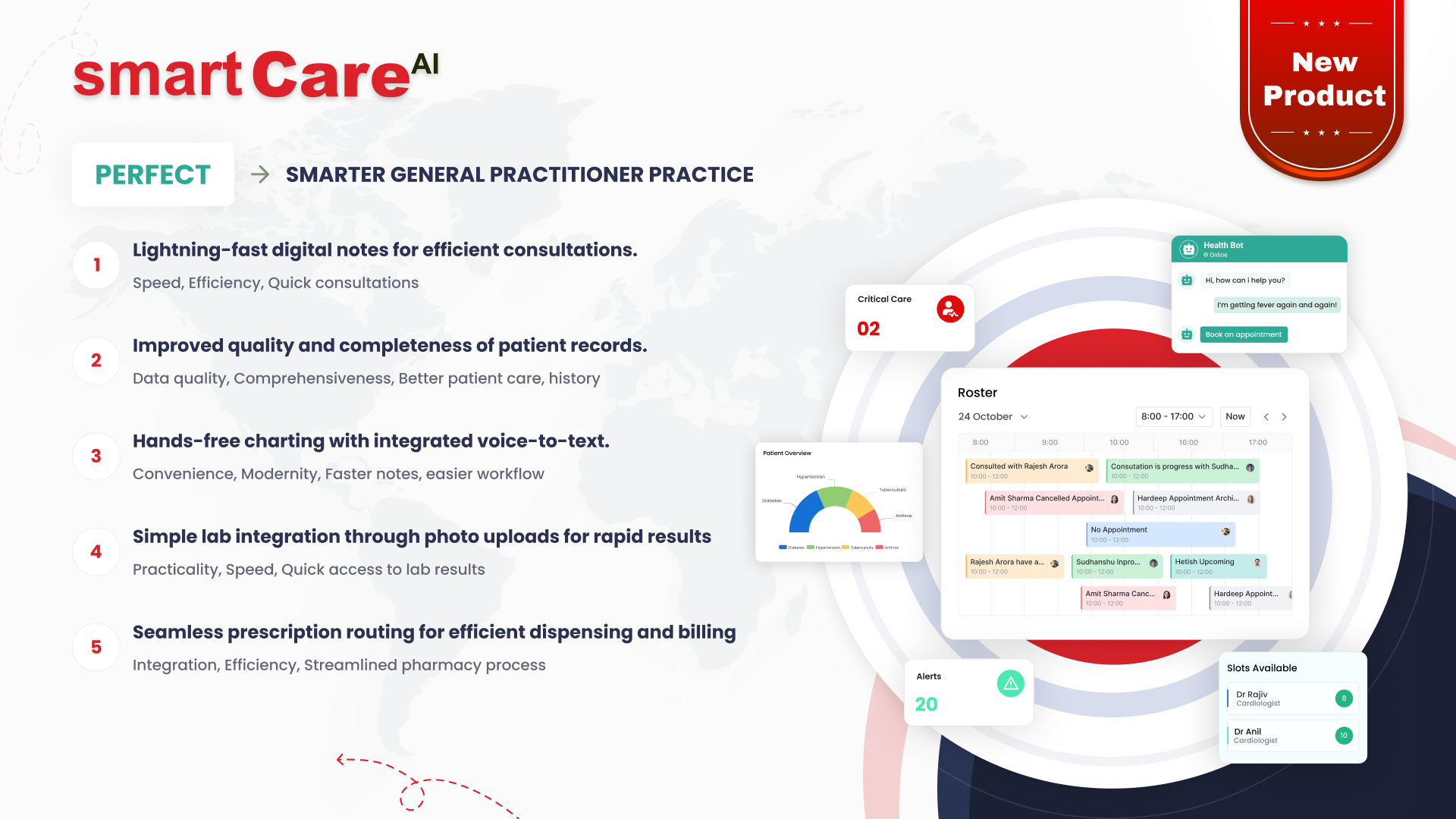
Posted On November 5, 2025
Cybersecurity Threats in Healthcare Apps and How to Prevent Them
In today’s digital healthcare ecosystem, apps play a vital role in improving patient care, data accessibility, and medical communication. However, as technology advances, so do the risks associated with it. Cybersecurity threats are becoming more complex, targeting sensitive patient data and healthcare systems. Understanding these threats and how to prevent them is crucial for maintaining patient trust and ensuring data safety.
The Growing Importance of Cybersecurity in Healthcare Apps
Healthcare apps store and process a vast amount of personal and medical data, making them prime targets for cybercriminals. As healthcare organisations shift towards digital platforms, the importance of robust cybersecurity measures has never been greater. A single breach can compromise not only patient data but also the reputation and credibility of the provider. Proactive security measures are essential to safeguard sensitive information from unauthorised access.
Understanding the Types of Cyber Threats Targeting Healthcare
Healthcare applications face various types of cyber threats, each posing unique risks. Common threats include ransomware, phishing attacks, data breaches, and malware infiltration. Ransomware can lock users out of critical data, while phishing schemes often trick staff into sharing credentials. Malware, on the other hand, can corrupt or steal medical information. Recognising these threats is the first step toward building a stronger security defence.
How Weak Authentication Puts Patient Data at Risk
Weak authentication remains one of the leading causes of data breaches in healthcare systems. Simple or reused passwords make it easy for attackers to gain access. Implementing multi-factor authentication (MFA) adds an extra layer of protection by requiring users to verify their identity through additional means, such as a code sent to their device. Encouraging healthcare professionals and patients to follow strong password practices also helps reduce potential entry points for hackers.
The Role of Data Encryption in Safeguarding Health Information
Encryption is one of the most effective methods for protecting sensitive healthcare data. By converting information into unreadable code, encryption ensures that even if data is intercepted, it cannot be misused. End-to-end encryption, in particular, protects information during transmission between devices, servers, and cloud systems. Healthcare developers should integrate strong encryption algorithms to secure all layers of their applications and comply with data protection standards.
Why APIs Can Be a Hidden Security Weak Spot
Application Programming Interfaces (APIs) are essential for connecting healthcare systems, but they can also introduce security vulnerabilities if not properly secured. Poorly configured APIs may expose sensitive patient data to unauthorised users. To prevent this, developers should use secure API gateways, authentication tokens, and regular security testing. Monitoring API activity in real time also helps detect unusual patterns that might indicate a breach attempt.
Preventing Ransomware Attacks on Healthcare Apps
Ransomware has become one of the most severe cybersecurity threats facing healthcare applications today. These attacks encrypt critical patient data and demand payment for its release, often halting operations and putting lives at risk. The best defence lies in proactive prevention — implementing regular data backups, patching software vulnerabilities, and maintaining up-to-date antivirus protection. Additionally, adopting secure cloud infrastructure and network segmentation helps limit the spread of ransomware within systems. Regular staff training is also essential to ensure employees can recognise phishing emails that commonly initiate such attacks.
Building a Culture of Cyber Awareness Among Healthcare Staff
Even the most advanced technology cannot fully protect against human error. Many cybersecurity breaches occur because of weak passwords, careless data sharing, or a lack of awareness about security best practices. Building a culture of cybersecurity awareness within healthcare organisations is vital. This includes regular staff training, simulated phishing exercises, and clear policies around data handling. Encouraging employees to stay alert and report suspicious activities can significantly reduce the likelihood of a cyber incident.
Ensuring HIPAA Compliance in Healthcare App Development
Compliance with the Health Insurance Portability and Accountability Act (HIPAA) is not just a legal requirement but a critical step toward securing patient data. HIPAA guidelines emphasise secure storage, transmission, and access to personal health information (PHI). Developers must integrate encryption, multi-factor authentication, and secure APIs into app design to meet compliance standards. Routine audits and security assessments also help ensure that applications remain compliant as technology and threats evolve. Following these standards strengthens trust between healthcare providers and patients.
Leveraging AI and Machine Learning for Threat Detection
Artificial Intelligence (AI) and Machine Learning (ML) are transforming cybersecurity in healthcare. These technologies analyse large volumes of data to detect unusual patterns, identify vulnerabilities, and predict potential cyberattacks before they happen. For example, AI-driven monitoring systems can instantly flag suspicious user behaviour or detect malware infiltration. By integrating AI-based security tools, healthcare providers can respond to threats in real time and prevent breaches before sensitive information is compromised.
The Future of Cybersecurity in Healthcare Technology
As digital healthcare continues to grow, so do the threats targeting it. Future cybersecurity strategies will likely focus on automation, blockchain for data integrity, and zero-trust security frameworks. These innovations aim to make healthcare systems more resilient and adaptive to emerging threats. Collaboration between healthcare organisations, technology providers, and regulators will also play a key role in developing stronger security ecosystems. The future of secure healthcare technology depends on continued investment in both advanced protection systems and cybersecurity education.
Conclusion
Cybersecurity is no longer optional in the healthcare sector—it’s a necessity. From securing user authentication and encrypting data to protecting APIs, every aspect of healthcare app development must prioritise security. As cyber threats continue to evolve, healthcare organisations and developers must adopt a proactive approach to safeguard patient trust and data integrity.
To learn more about building secure and compliant healthcare applications, visit https://smartdatainc.com/.
